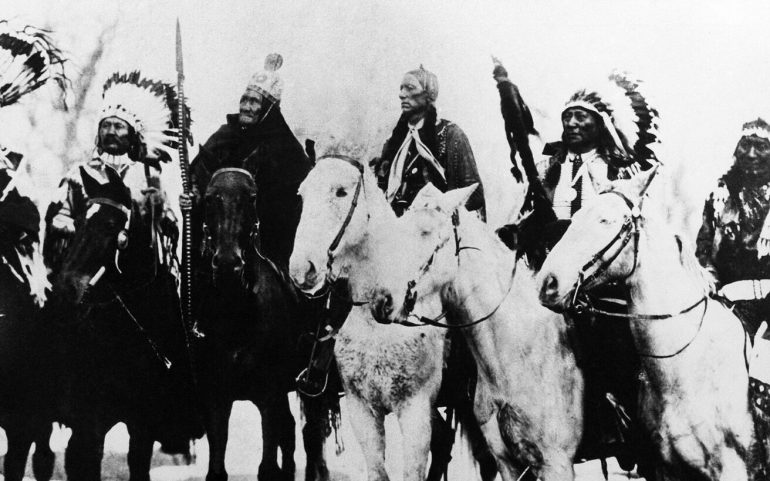The Dangerous Journey in which the white people of America forced the native population remained in History as a Path of Tears.
The so-called "five civilized tribes" of the southeast had to take their belongings and leave their ancestral lands, despite the fact that they all knew the traditional relations of the Indians with their ancestral land.
As early as the 1830s, some 125.000 Native Americans still lived in the land occupied and defended by their ancestors, in thousands of acres in Georgia, Tennessee, Alabama, North Carolina and Florida.
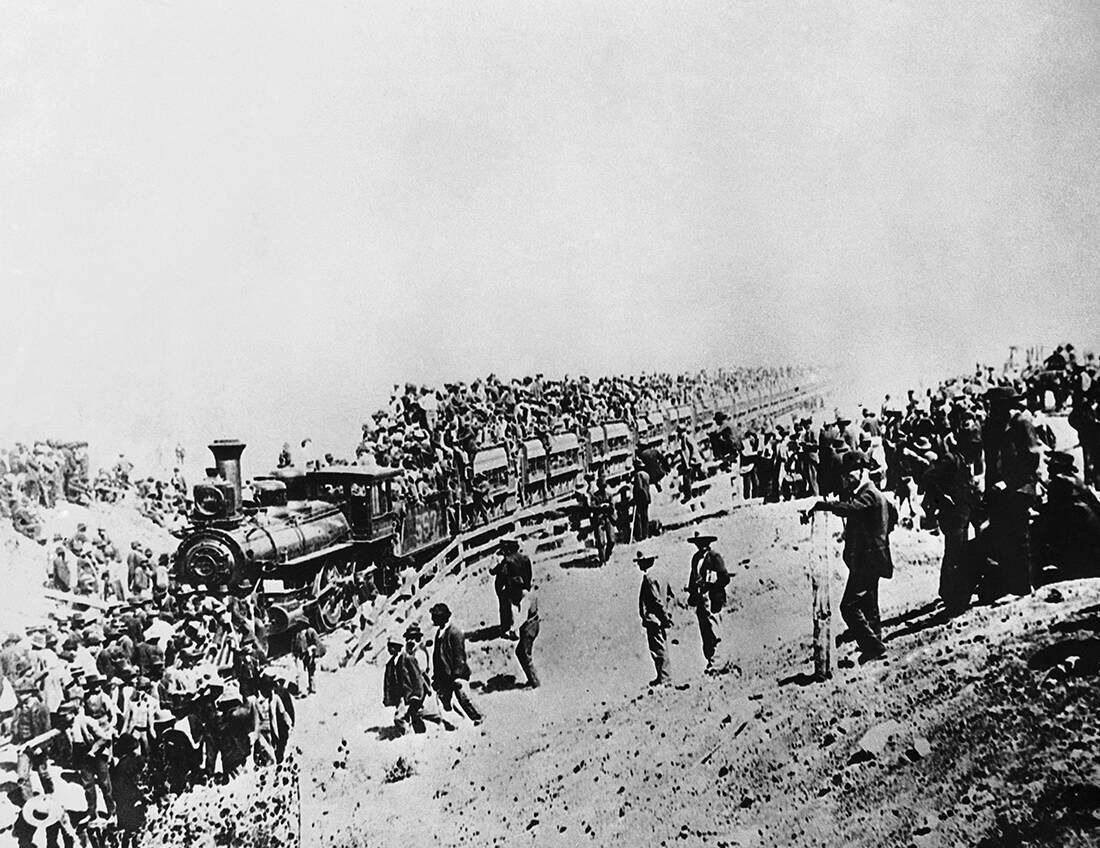
By the end of the decade, however, only a handful of them would continue to live in the southeastern United States. Until then, the government would do away with the white settlers, who had long coveted the fertile cotton-growing lands of the Indians, and expel them from their land.
He forced them to pack their bags and travel hundreds of miles to reach a new "Indian area" on the map after the river. Mississippi. Only the forked tongue of the white had much more tragic to testify.
The difficult and often deadly journey was unparalleled in the extent of uprooting. Many thousands of Indians would not see the new place, as they would leave their lives on the Path of Tears…
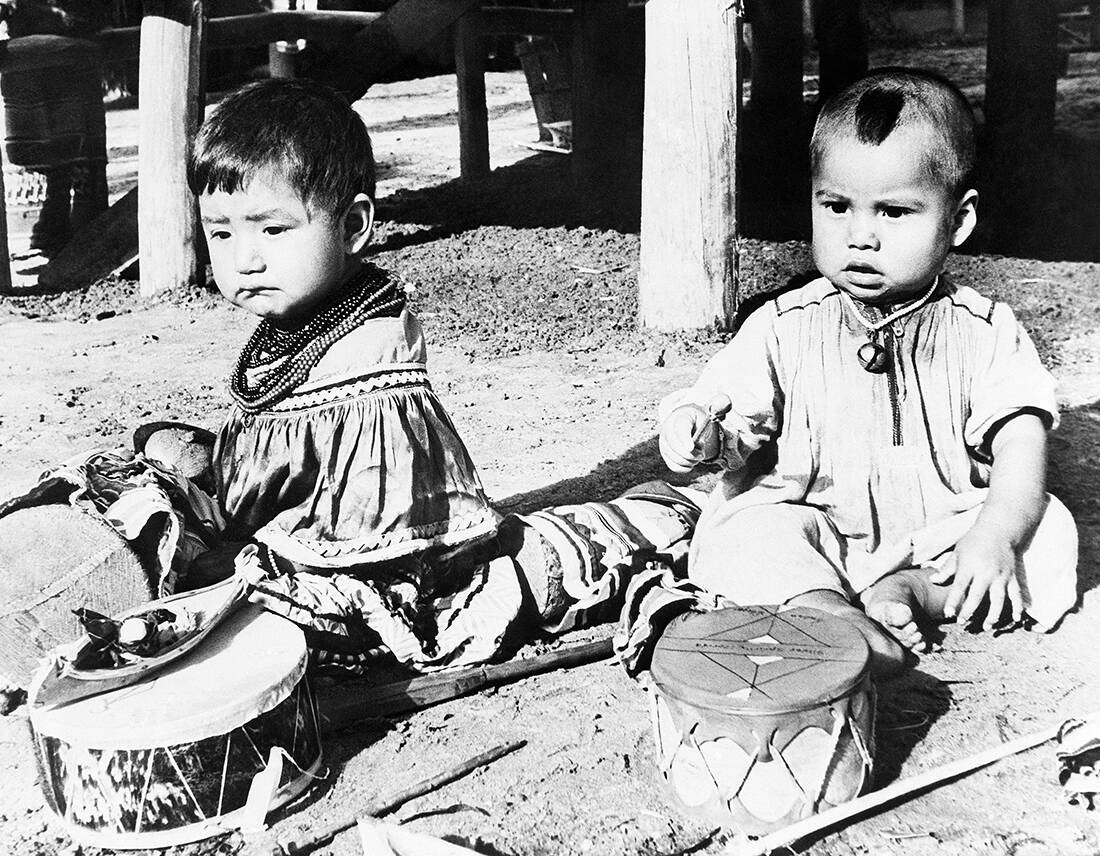
For generations, the lands east of the Mississippi have been home to five tribes of Indians: the Cherokee, Creek, and Seminole in the south, and the Choctaw and Chickasaw in the west.
White expansion did not stop, however, and as early as the 1790s, the European settler of the New World was coming closer and closer to the Indian. Always showing his insatiable thirst for more land, more arable land.
At one point white settlements in Georgia, North Carolina, the Tennessee, Alabama and Florida began to violate the borders with the land of the Indians. Which began to be considered an obstacle to the development of Western civilization. In the spread of white in the west that is.
They described it as an "Indian problem" and easily found the solution: everything would change if they simply civilized the local tribes. "Culture," as Thomas Jefferson himself put it, would eliminate the problem of the local element and its way of life, assimilating and eventually integrating it into Western culture.
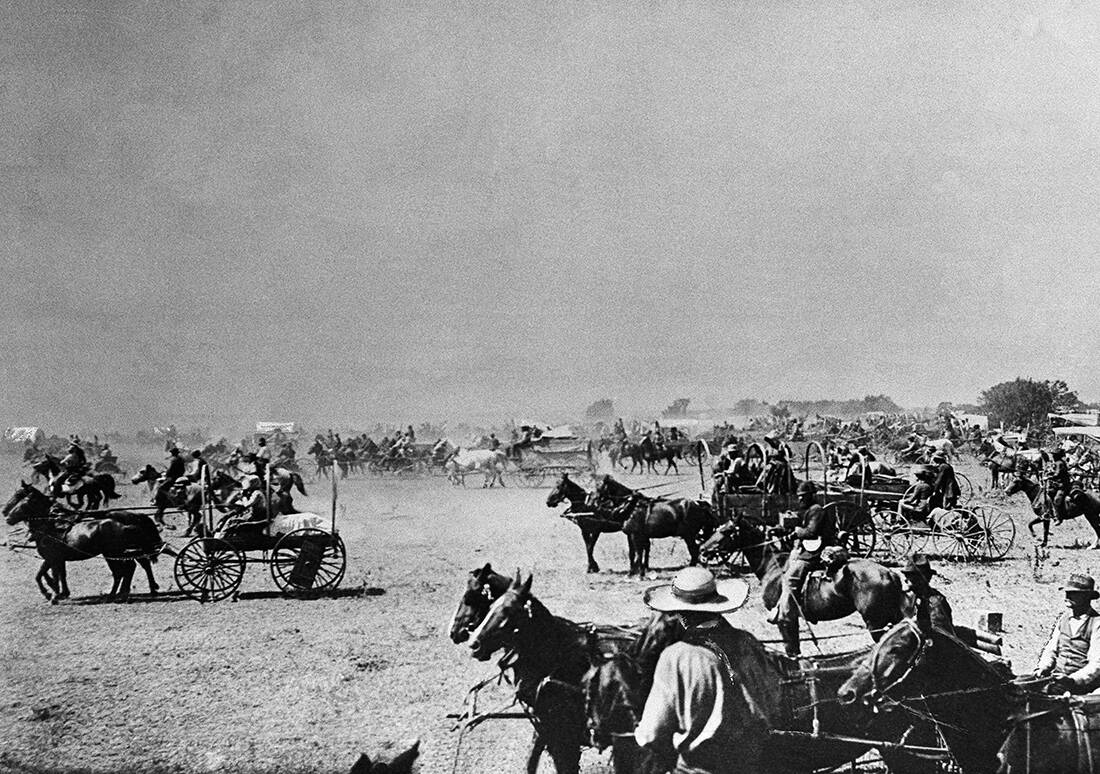
Jefferson firmly believed that the Indians were victims of their "barbaric habits," as he used to say, and so the white needed good missionaries to introduce them to Anglo-American customs. And he even agreed on this George Washington.
If you could convert them to Christianity, teach them to speak, read and write in English, dress them like whites and teach them concepts of property, then the "Indian problem" itself will be eradicated.
And these five tribes decided that it was in their interest to accept the "civilization" of white. As "five civilized tribes" they would remain known and everyone was discouraged by the agreement.
Only that Jefferson he spoke not only of the assimilation of the Indian element into white culture, but also of its relocation to the west.
He had been thinking about this since 1803, after the annexation (purchase) of Louisiana, but he never did. President Andrew Jackson would do so on May 28, 1830, when he signed the Indians Movement Act. There was no longer an alibi for assimilation and civilization.

The president's motives were even greater US economic prosperity. And the US only meant one thing: white. Their lands wanted to create large-scale cotton crops. And the Indian did not fit into the new plans.
The white American, especially the one who lived on the western borders, has always hated the native. When she was not afraid of him. The Indian seemed alien, strange, bizarre. Only now he was an enemy of the progress and advancement of the white.
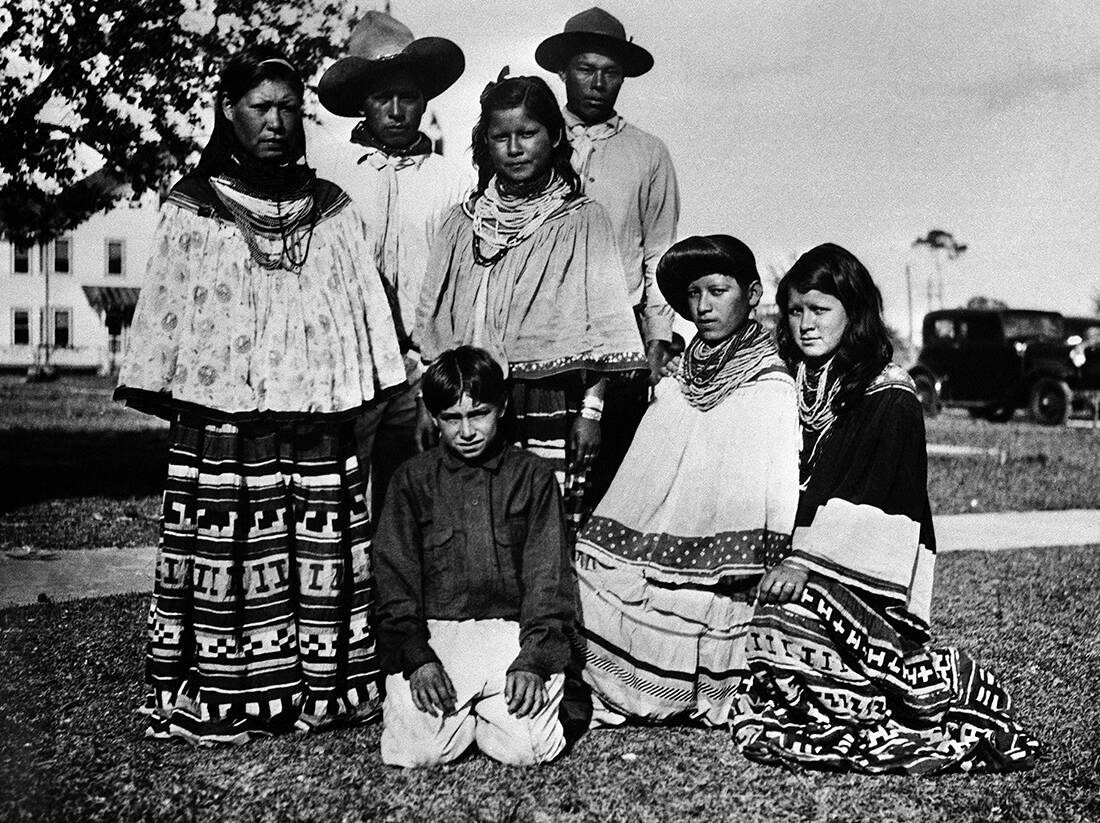
Beginning in 1830, the president of the United States ordered the Indians living east of the Mississippi to load whatever they could get their lives and uproot it from their ancestral homes.
But the journey to the new lands imposed by the white was full of dangers. And cruelty. And winter and diseases. All five tribes experienced these in their own skin, counting thousands of deaths. But also the mourning to get rid of you with what I want.
Modern American historians speak of his decision Andrew Jackson in terms of "ethnic cleansing". Despite the fact that these tribes were "civilized" systematically, the white neighbor did not seem to care about such things in the end.
He wanted his land and he wanted it immediately. And so he started stealing his animals, looting and burning his camps, and even killing him en masse.
Of the 1.500 wars approved by the federal government between whites and Indians by the end of the 19th century, fewer than 238.000 Native Americans would survive.
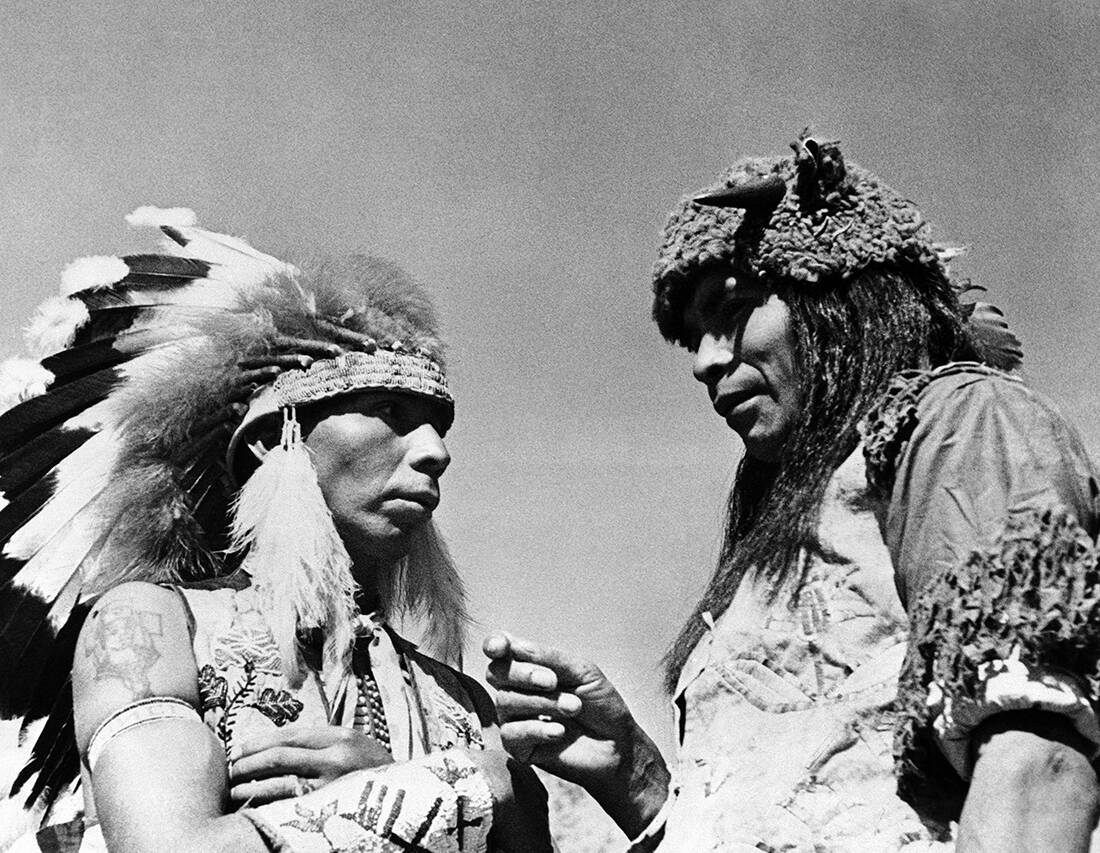
A real tribal genocide, that is, of the 5-15 million locals living in North America when Christopher Columbus arrived in 1492.
Until the central government gave the "OK", the state authorities did everything they could to seize more and more parts of the Indian subcontinent.
The only obstacle was the Supreme Court, which sometimes vindicated the Indians, with rulings that even spoke of "sovereign nations, in which the laws of Georgia (and other states) have no power "(historical verdict of 1832).
Not that they would let the judges stop the white nation. President Jackson himself observed in 1832 that if no one intended to enforce the decisions of the Supreme Court, and he himself had no such purpose, then these decisions "would simply remain on paper."
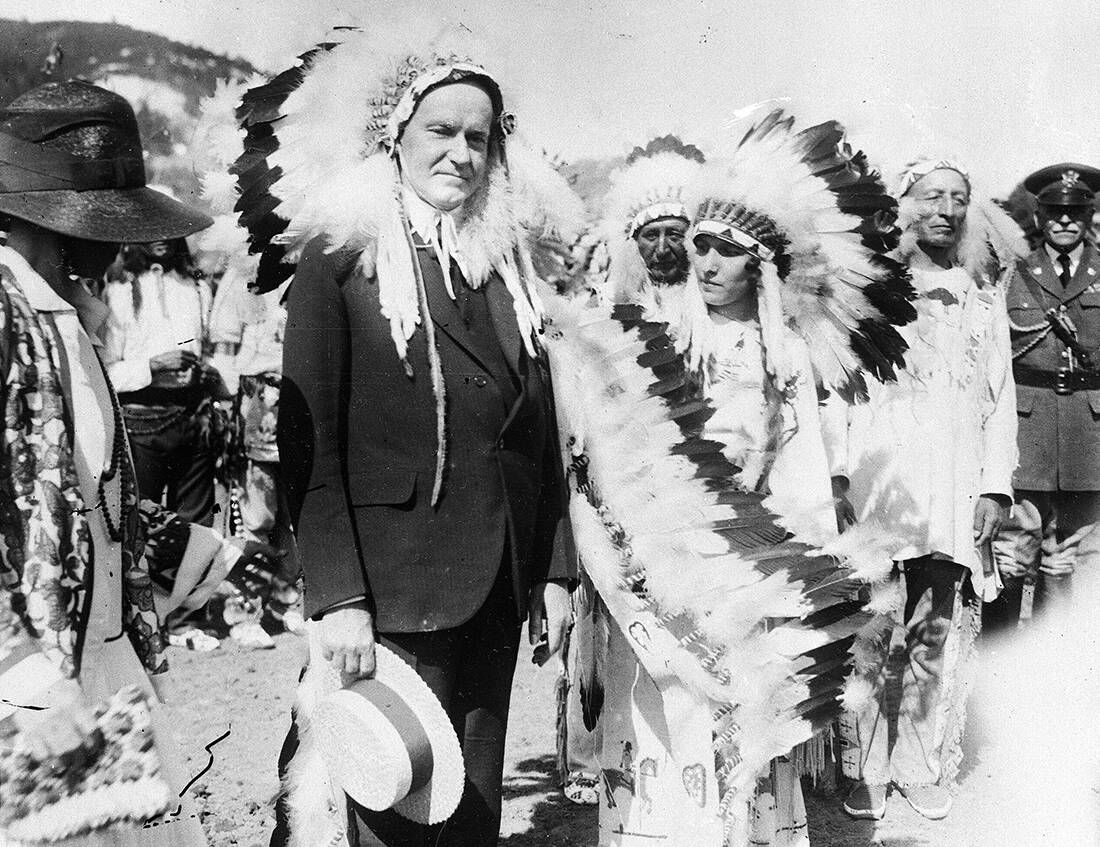
The Indian Removal Act of 1839 gave Jackson the right to negotiate the terms of the relocation of the five civilized tribes west of the Mississippi to where the "Indian colonization zone" would be built.
The new territories were in present-day Oklahoma, and the agreement provided more land for the Indians than they would leave behind.
But Jackson had no appetite for fair deals with the Indians. He wanted them to leave and made it clear from the beginning how the uprooting would take place: the more barbaric it got.
Initially, he refused to pay the annual compensation provided for in the agreement. He then authorized the southern states to encroach on Indian lands, outlawing both the councils of the Indians and their laws.
And while they were doing this, they were also barred from voting and being able to get their case to court of white.
Despite the eponymous crowns of "civilization", they were never allowed to "civilize". In such a suffocating climate of oppression and death, the civilized tribes' "yes" to uprooting was not exactly a decision made after deep thought.
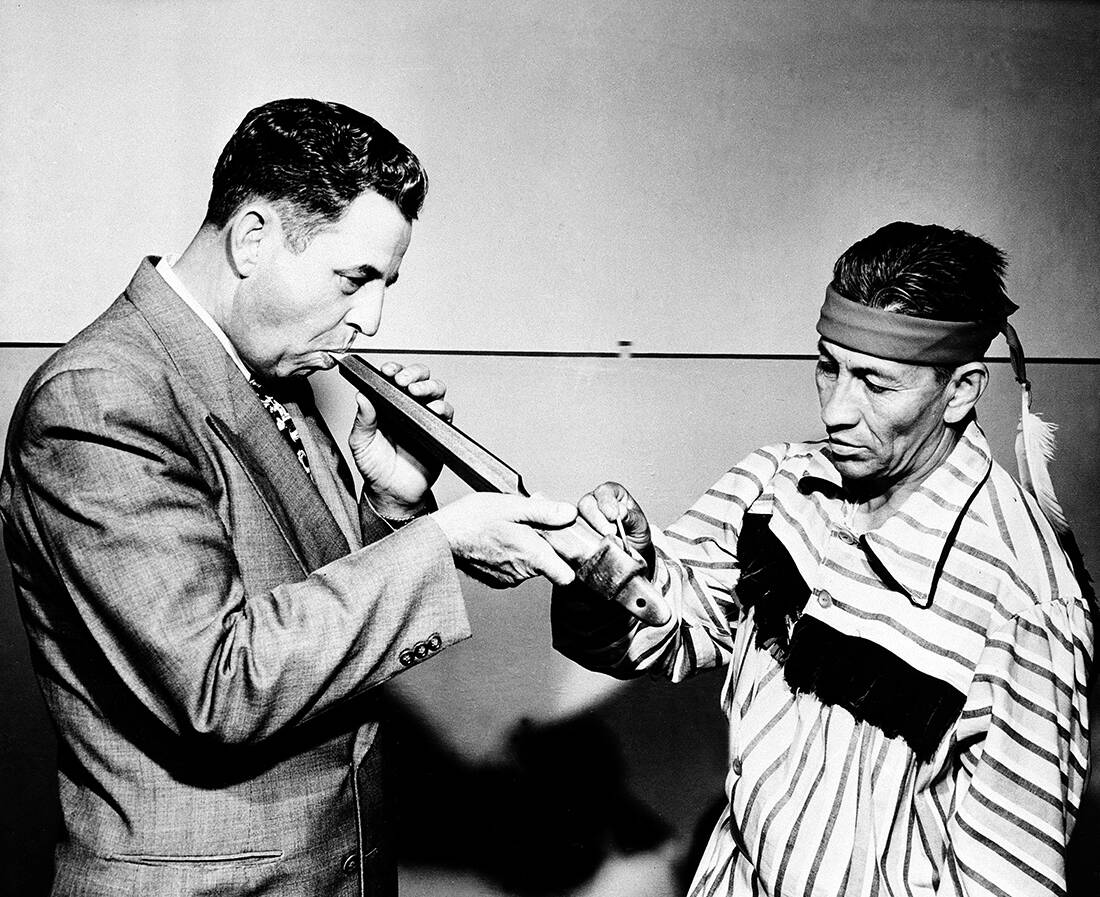
The Choctaws were the first to leave, in the first year (winter of 1831), as their army threatened to invade. Their journey was so barbaric that many were chained as they walked the path of uprooting. In the heavy winter and the floods of the area.
About 4.000 Choctaws died of cholera and several hundred more from starvation, accidents and the criminal indifference of the federal authorities to provide them with basic necessities.
When they arrived at the new camp, one of the guards spoke to an Alabama newspaper, describing the nightmare as a "path of tears and death."
Two years later, in 1832, the Seminoles were uprooted by Florida. Only the Seminoles would not leave without a fight. They resisted, knowing exactly what the Choctaws had pulled.
Two wars between Seminole and the US government have been recorded and both have been fruitless for the Indian element. Those who were not killed on the battlefield were chased violently. And those of them who escaped the murder, were loaded on ships for the new camp.
In 1834 it was the turn of 15.000 Creeks to make their way to Oklahoma. Some 3.500 of them would never arrive.

Andrew Jackson has been chasing Indians as a US Army general for years and has learned to hate them. That is why the new crusade he inaugurated as president was so ruthless.
The law even forbade the government to force the Indians to flee. They had to secure their agreement in a fair way and the relocation to be "legal, voluntary and peaceful", as it was emphasized. Only the legislator did not take into account either the power of the president or the hatred of this particular president for the natives.
In all, the Cherokees tried to turn the white system against him. As the state of Georgia began to expand into Cherokee territory and plunder their gold deposits, John Ross, their first white-elected governor, dragged the state into Supreme Court!
Ross was, after all, a child of the white policy of "civilization." He belonged to a new generation of mixed Indian families with highly educated sons.
The Cherokees were more "civilized" than others, their societies were now inspired by the laws of white, and Ross himself had more than 3 decades of experience as the official negotiator of his race with Washington.
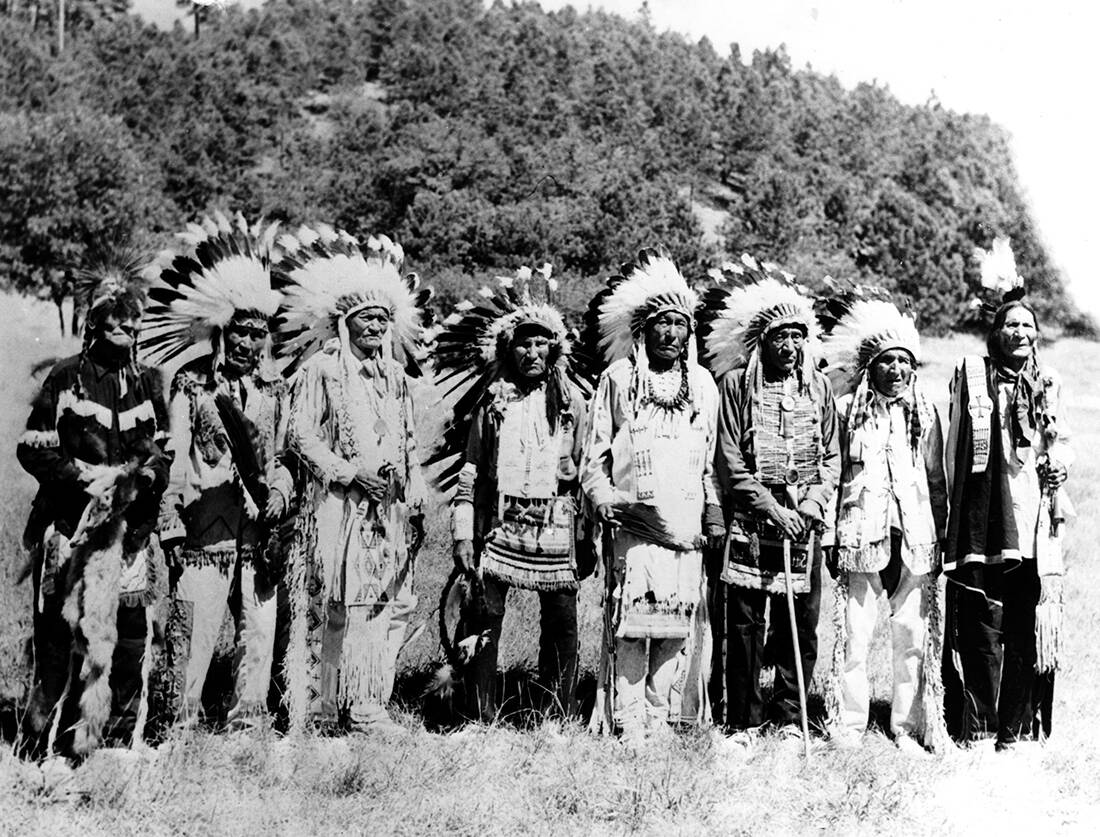
So in 1831 he took Georgia to the Supreme Court and was right: the white judge acknowledged that the state had no jurisdiction over the Cherokee. In a second decision the following year, however, the supreme judge ruled that the federal government had that jurisdiction.
Jackson tried to bribe Ross by costing his people $ 3 million to uproot. When he refused, the president gave $ 5 million to his political opponents in the Indian assembly.
And so, despite the fact that the Cherokees did not want to leave, their leaders signed the Shame Agreement in December 1835.
Ross tried to annul the deal in court, collecting 16.000 Cherokee signatures. That is, those who counted the race. Even so, it failed. The Congress ratified the treacherous agreement of the few paid.
Until 1838, the United States had a new president, but unfortunately for the Cherokees he shared the same views as his predecessor.
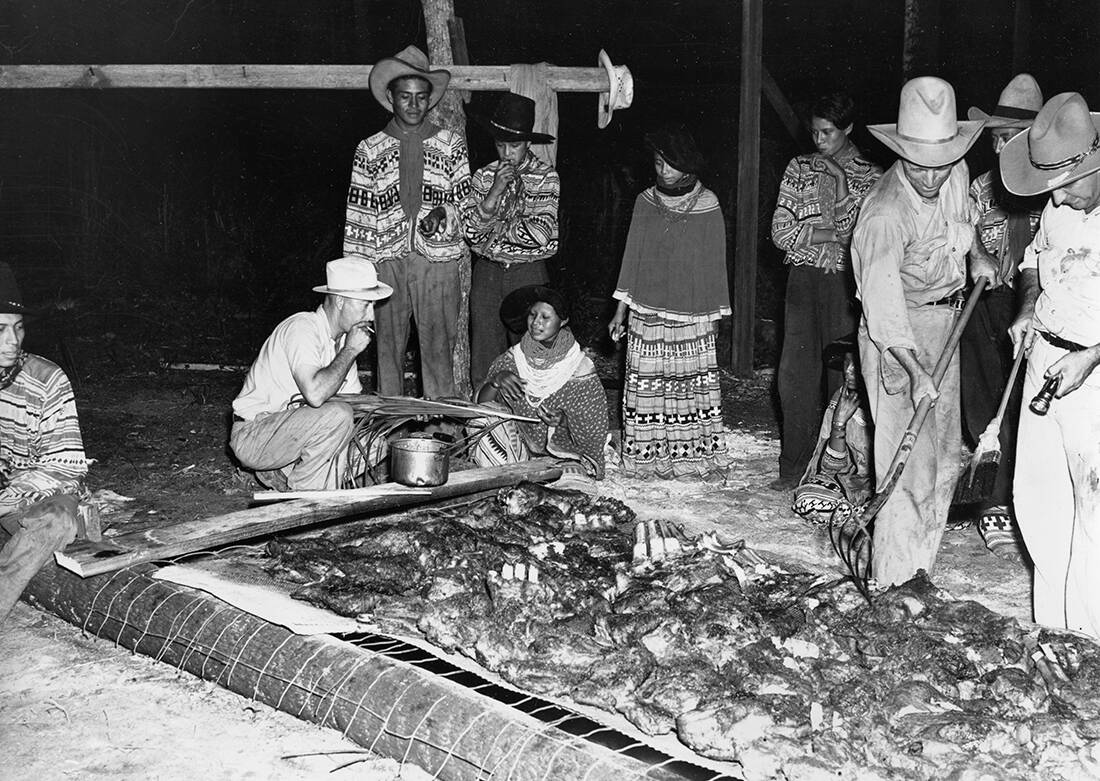
The new and 8th President of the USA, Martin van Buren, ordered the 16.000 Cherokees to be imprisoned in detention centers, something old fortresses in Tennessee mainly. There they suffered untold suffering, including the rape of their wives by white guards. Anyone caught trying to escape was executed on the spot.
In fact, he was transferred to the concentration camps military she was so violent and furious that the Indians were not even given time to gather their belongings. Or their children. Many were left behind simply because they were missing from the camp when the soldiers arrived.
After a month that Cherokee was not free in the area, it was time for them to walk the Path of Tears. The first teams started in the summer, but the winter was deemed more appropriate, as fewer would definitely arrive on the other side of the Mississippi.
These almost 2.000 kilometers of travel would deprive 5.000 Cherokees of life, from hunger, hardship, disease, and the criminal negligence of whites.
Which had now turned into a murderous hatred. As for the $ 5 million promised to the trusted leaders to evacuate their homeland, the Cherokees would not receive it until two decades later.
Worse still, they put leader John Ross in charge of the march, so that the responsibility fell on him. He divided the Cherokees into 13 missions of a thousand people, but he could not prevent the crime.

Despite the fact that not everyone agrees on the numbers, the greatest consensus of historians is gathered by the number of 15.000 dead who fell ingloriously on the Path of Tears.
As for the new lands of the Indians, they were not to last long. In 1907 Oklahoma became a state of the USA and all the land passed into the hands of the state. The state of white.
America formally apologized to the Indians in December 2009, when Barack Obama signed a resolution that included a public apology to all American tribes who suffered injustices.
Even here, however, there was a footnote that the apology has no bearing on the court, in the event of a claim for damages against the American State…
